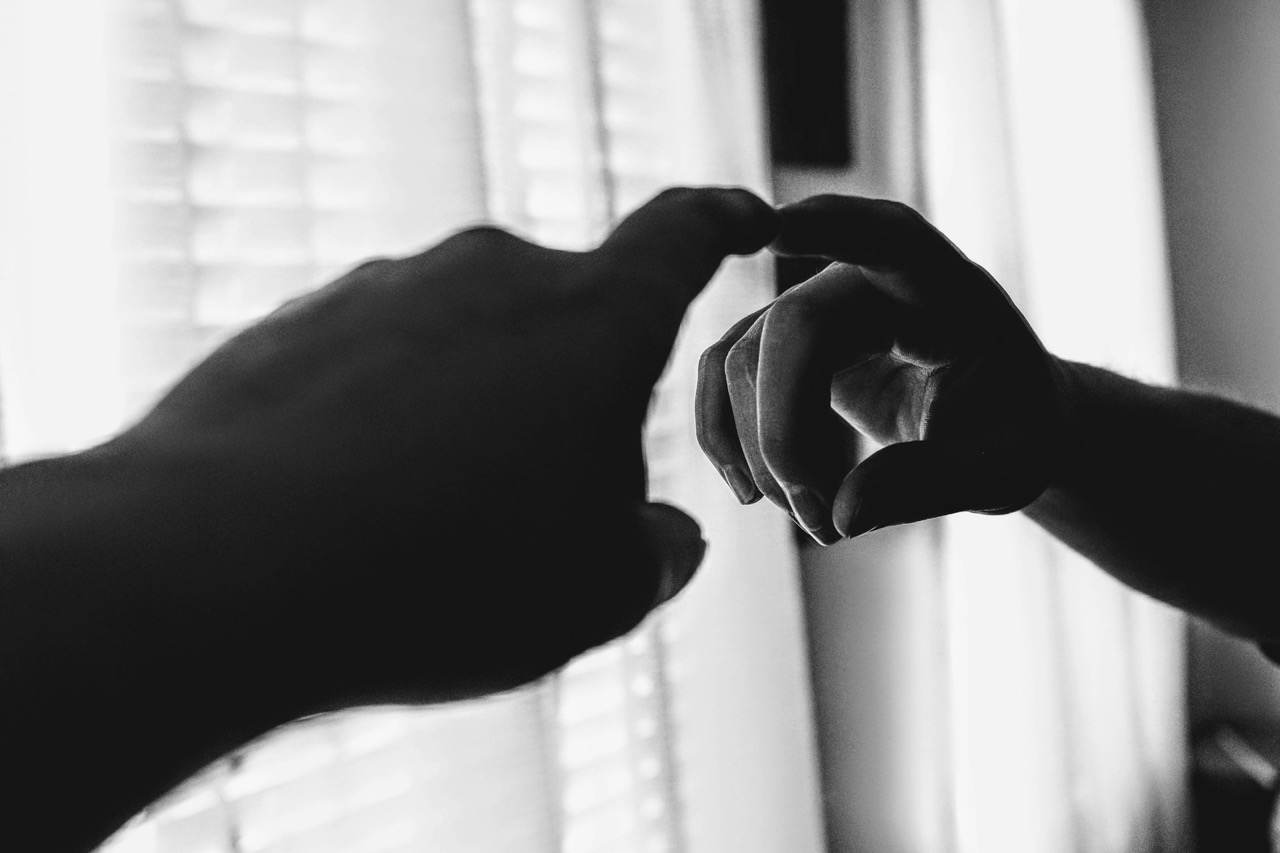In an ever-evolving business landscape, managing change is not just an operational necessity but a strategic imperative. Owning a consulting firm that upholds the “business is human” philosophy, I champion an approach to change management that deeply values understanding both the psychological and human aspects of organizational transformation. This approach incorporates elements of human-centered design (HCD), ensuring that change processes are mindful of the needs and behaviors of individuals within the organization. By drawing upon the seminal works of Cynthia Scott and Dennis Jaffe’s change curve model alongside Kotter’s 8-step change model, this blog aims to explore the vital roles of leadership, resilience, accountability, and values in leading and managing the change process effectively, with a nuanced appreciation for the human elements at play.
Navigating Change with Humanity and Insight: Scott and Jaffe’s Change Curve Model
Our consulting firm’s philosophy centers on the belief that a nuanced understanding of human emotions and behaviors is critical for navigating organizational change effectively. Scott and Jaffe’s change curve model outlines the stages of personal transition in response to change—denial, resistance, exploration, and commitment—offering a foundational framework for empathetic leadership (Scott & Jaffe, 1988). This model highlights the emotional journey that individuals undergo during change, underscoring the importance of leaders being empathetic and supportive.
Incorporating aspects of human-centered thinking, albeit more subtly, leaders can ensure that change processes genuinely resonate with employees, thus facilitating smoother transitions. This entails not just a strategic application of HCD principles but an integrated, empathetic approach that considers the human aspect in every step of the change process.
Strategically Human: Applying Kotter’s 8-Step Change Model
John Kotter’s 8-step change model provides a strategic framework for implementing change, from creating a sense of urgency to embedding new approaches into the organization’s culture (Kotter, 1996). Each step, when viewed through a lens that values human-centered insights, emphasizes the importance of understanding and addressing the human needs within the organizational change journey.
For instance, when forming a strategic vision or enlisting a volunteer army, a leader’s ability to connect the vision and actions to the team’s values and needs can significantly enhance engagement and commitment. This approach adopts a balanced perspective that values strategic objectives alongside human insights.
Cultivating Resilience, Accountability, and Values
In the fabric of change management, resilience and accountability stand out as essential qualities for both leaders and team members. These qualities can be nurtured by creating an environment that values learning from challenges and clearly delineating responsibilities. While this does not overtly employ HCD methodologies, it embraces a spirit of designing processes and interactions that are conducive to human needs and organizational growth.
Values are the guiding stars in this journey, ensuring that the change process is not only strategic but also deeply meaningful. Aligning organizational change initiatives with core values fosters a sense of purpose and integrity, resonating well with the human-centric approach to business transformation.
Blending Models and Philosophies for a Human-Centric Change Management
Integrating insights from Scott and Jaffe’s change curve model with Kotter’s 8-step change model and applying a thoughtful consideration of human-centered principles, provides a comprehensive framework for managing change that respects the human dimension at its core. This approach acknowledges that successful change management is about more than just processes and strategies—it’s about engaging with the hearts and minds of those involved, considering their needs, and fostering an environment conducive to growth and adaptation.
In sum, managing change effectively demands a harmonious blend of strategic planning, human understanding, and a subtle application of human-centered principles. By leveraging the change curve model, Kotter’s 8-step framework, and incorporating human-centric insights, organizations can navigate the complexities of change with agility and compassion. The “business is human” philosophy, enriched with a balanced approach to human-centered design, highlights change not just as an organizational necessity but as a deeply human opportunity—an opportunity to evolve, adapt, and thrive amidst the challenges of an ever-changing world.
Citations:
– Scott, C., & Jaffe, D. (1988). Managing Organizational Change. Crisp Learning.
– Kotter, J. P. (1996). Leading Change. Harvard Business School Press.
– Brown, T. (2009). Change by Design: How Design Thinking Transforms Organizations and Inspires Innovation. Harper Business (1996). Leading Change. Harvard Business School Press.








